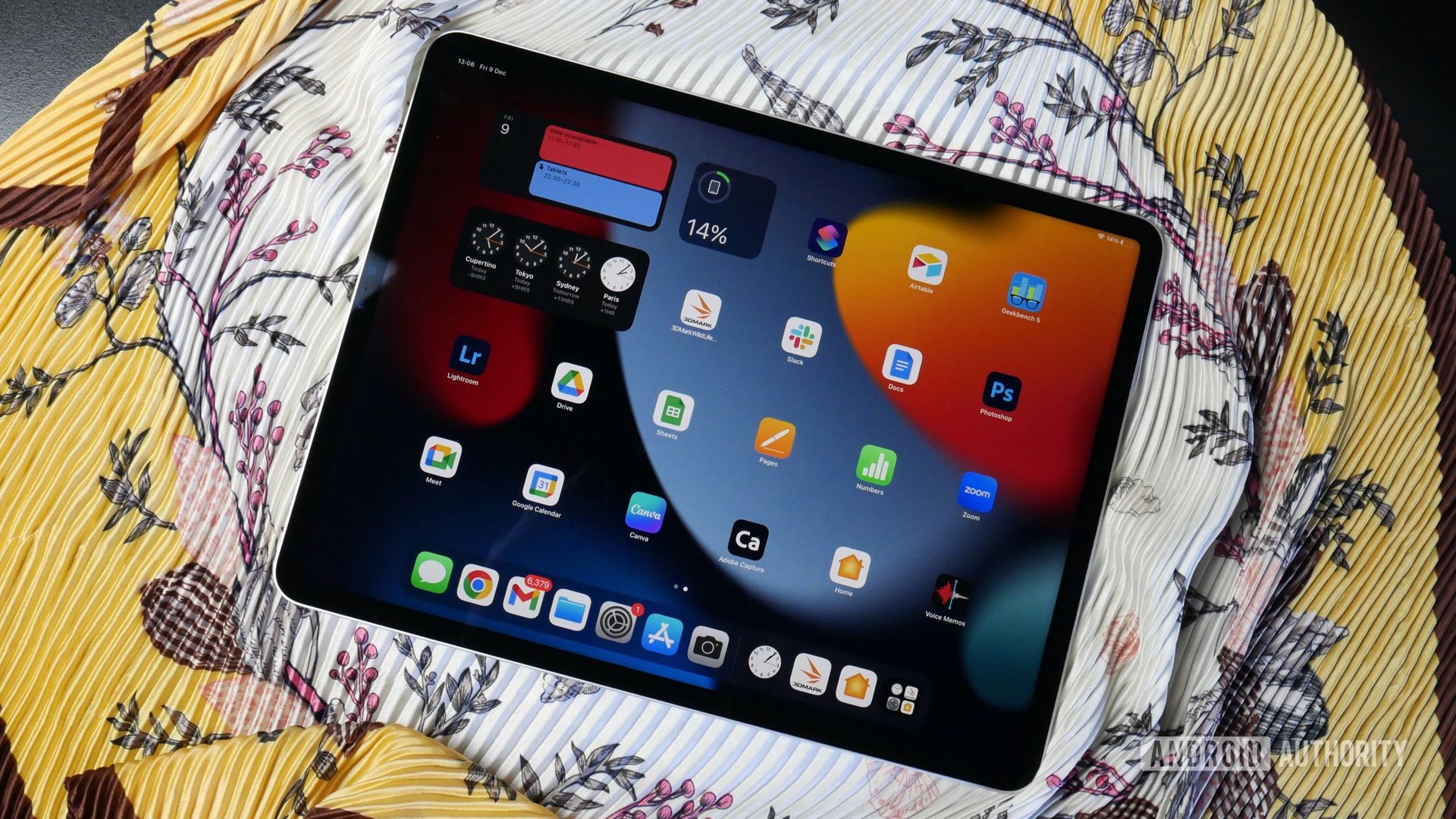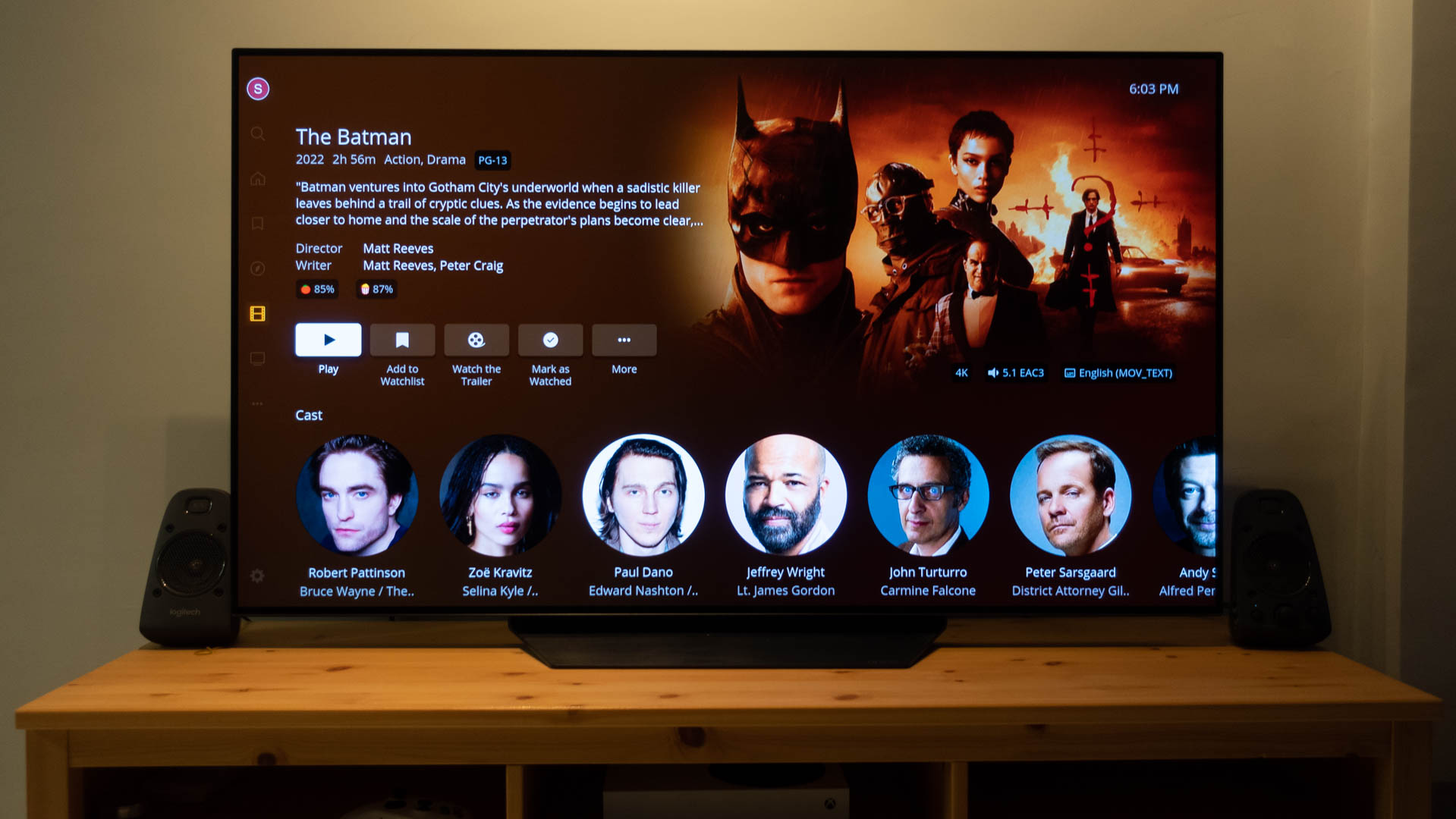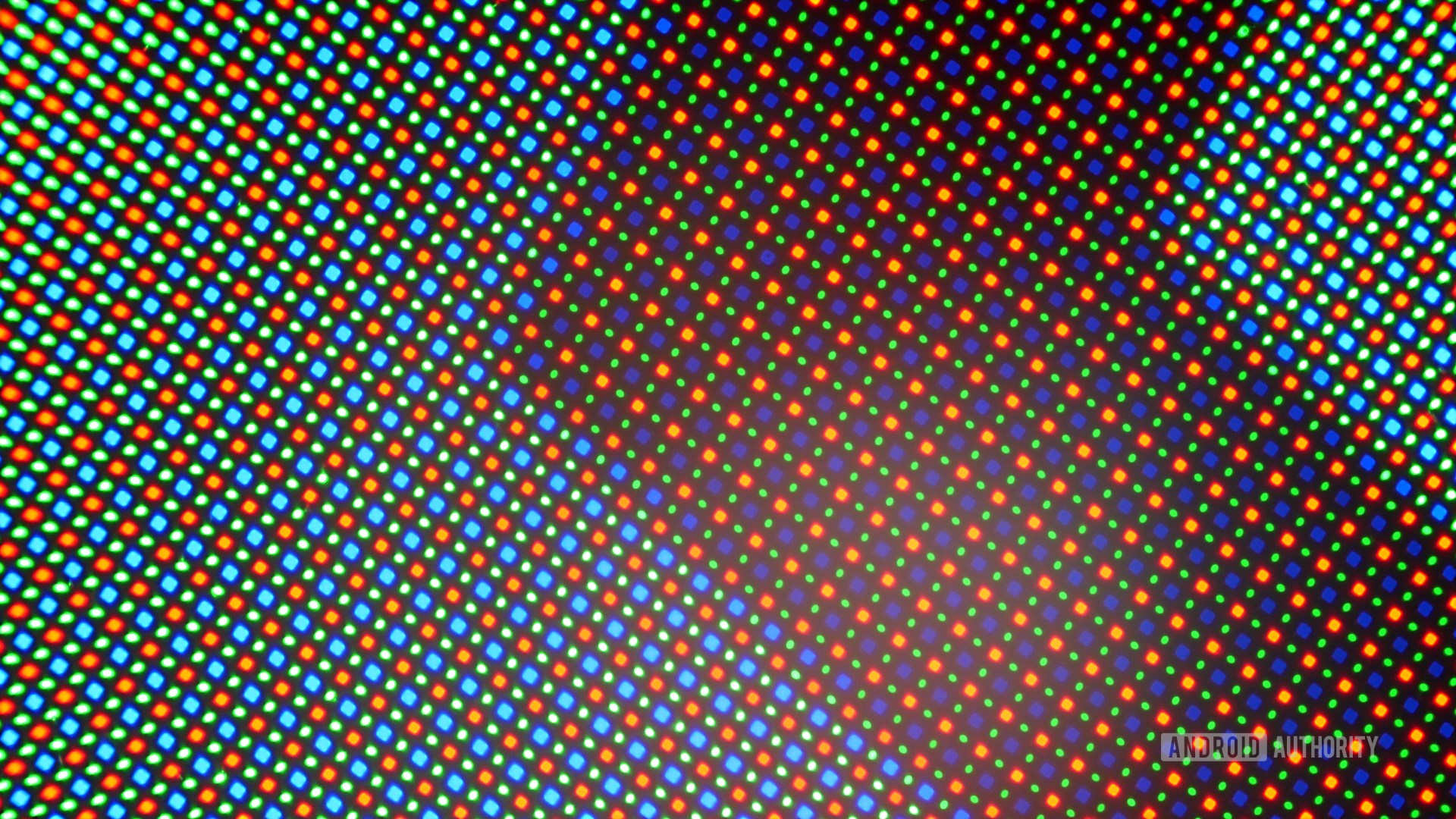Affiliate links on Android Authority may earn us a commission. Learn more.
Mini LED vs OLED: How do they compare?
Published onOctober 13, 2023

Over the years, TV technology has evolved and changed, with OLED screens growing in popularity over LCD screens. But in the last few years, another new screen technology — Mini LED — has become popularized and is now widely used by many major manufacturers. Mini LED and OLED share many similarities; however, they are different, and each has pros and cons. Read on to see which technology is best in our Mini LED vs OLED comparison.
What is Mini LED?

Mini LED is a type of backlighting technology that has been around since 2021, but despite that, most of the bigger TV brands, such as LG, Sony, and Samsung, have just begun adopting it. With this said, not all brands refer to the technology as Mini LED — with it going by various names depending on the brand. Referred to as Neo QLED by Samsung and QNED for LG, the technology varies a bit, though the benefit of Mini LED TVs is the same across all variants.
At its core, Mini LED TVs are smaller light-emitting diodes that form the backlight for an LCD TV. As the name suggests, they use the same (but just more advanced) technology as a regular LED TV. More LEDs mean better control over a screen’s brightness and, therefore, better colors and blacks on the screen. Because of this, Mini LED televisions serve as an alternative to OLED instead of an outright improvement since OLED can technically offer more accurate lighting and contrast.
Pros
- More affordable than OLED
- Sharper image than regular LCD TVs
Cons
- More expensive than standard LCD TVs
What is OLED?

OLED televisions feature technology that is fundamentally different than that of traditional LCDs. Instead of featuring a backlight, OLED screens’ diodes are self-lighting, greatly improving image quality. This results in more purer blacks and colors, with better contrast and more control over the lighting of images. Also featuring a faster refresh rate, OLEDs are excellent screens for watching fast-paced entertainment like sports, blockbuster action movies, and playing video games.
Pros
- Better Image over both LCD and Mini LED TVs
- More accurate colors and blacks
Cons
- More expensive
- Potential for screen burn-in
Mini LED vs OLED: How do they compare?

When comparing Mini LED and OLED technologies, several key factors include color reproduction, contrast, gaming performance, price, viewing angles, and brightness. Let’s delve into each of these aspects to help you understand the differences between Mini LED and OLED TVs:
Color reproduction and contrast
- Mini LED: Mini LED TVs offer excellent color reproduction and contrast compared to standard LCDs. They use many smaller LEDs to precisely control brightness levels, resulting in vibrant colors and deep blacks. However, OLED screens still have an edge regarding absolute black levels and color accuracy.
- OLED: OLED TVs excel in color reproduction and contrast. Each pixel on an OLED screen emits its own light, allowing for true blacks, infinite contrast ratios, and highly accurate colors. This technology creates stunning visuals with unmatched richness and depth.
Gaming performance
- Mini LED: Mini LED TVs are generally well-suited for gaming. They offer fast response times and can handle high refresh rates, making them suitable for fast-paced games. However, they may not reach the same level of performance as OLED displays in terms of pixel response times.
- OLED: OLED TVs are known for their exceptional gaming performance. They provide quick pixel response times, high refresh rates, and vibrant colors, making them ideal for gamers who prioritize visual quality and smooth gameplay. One caveat of this, however, is the panel’s potential for screen burn-in caused by static images on the screen. For this reason, avoid playing games with a HUD or on-screen map for a prolonged period.
Viewing angles
- Mini LED: Mini LED TVs generally offer good viewing angles, thanks to their advanced backlighting technology. You can enjoy clear visuals even when viewing from off-center positions.
- OLED: OLED TVs have excellent viewing angles since each pixel emits its own light. This means that colors and details remain consistent, even when watching from extreme angles.
Brightness
- Mini LED: Mini LED TVs can achieve high brightness levels, making them suitable for well-lit rooms and HDR content. They can compete with OLEDs in terms of brightness.
- OLED: OLED TVs are known for their stunning contrast and deep blacks, but they may not reach the same peak brightness levels as some Mini LED displays. However, OLED’s infinite contrast ratio often compensates for this limitation.
Price
- Mini LED: One of the advantages of Mini LED is that it tends to be more affordable than OLED. A Mini LED TV might be more cost-effective if you’re looking for a high-quality TV with good color reproduction and contrast but have budget constraints.
- OLED: OLED TVs are typically more expensive than Mini LED and conventional LCD TVs due to their advanced technology and superior picture quality. While the price gap has narrowed over the years, OLEDs are still a premium choice.
Mini LED vs OLED: Which is better?
The choice between Mini LED and OLED ultimately depends on your preferences and priorities. If you’re looking for a more budget-friendly option with excellent picture quality, Mini LED is a compelling choice. It provides remarkable color accuracy, contrast, and brightness, making it a strong contender in the TV market.
On the other hand, if you crave the absolute best in picture quality, OLED remains the king. Its self-emissive technology delivers unrivaled blacks, infinite contrast ratios, and breathtakingly accurate colors. While OLEDs tend to be pricier, the visual experience is worth the investment, especially for cinephiles and avid gamers.
In conclusion, both Mini LED and OLED have their merits, and the decision ultimately hinges on your budget and the level of visual quality you desire in your TV.
FAQs
OLED stands for Organic Light-Emitting Diode. It’s a display technology that uses organic compounds to emit light when an electric current is applied.
OLED and QLED are different display technologies. OLED screens have self-emissive pixels that individually emit light, resulting in perfect blacks and vibrant colors. QLED, on the other hand, is a marketing term used by Samsung for their quantum dot LED TVs, which use an LED backlight and quantum dot technology to enhance color and brightness.
Mini LED TVs are less prone to burn-in compared to OLED TVs. While it’s still possible to experience image retention or temporary image persistence on Mini LED displays, it is less common and tends to be less severe than the burn-in issues associated with OLED screens.
Yes, the Pro Display XDR from Apple features a Mini LED backlighting system, which allows for high brightness, excellent contrast, and precise control over local dimming zones, making it suitable for professional users who require accurate color representation and detail.